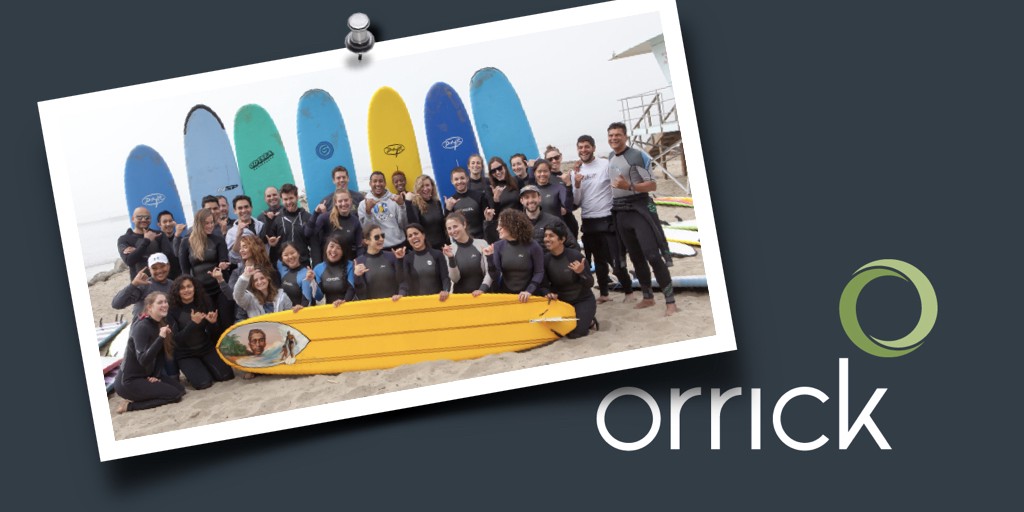‘Fire your headhunter’: How Orrick found the highest quality candidates without the fees

Orrick is a 150-year-old law firm, but they don’t want to operate like one. According to Stephanie Shontz, Director Employee Relations at Orrick, the company has been undergoing a transformation since a new Chairman and CEO, Mitchell Zuklie, joined the law firm five years ago. “He’s pushed us to be more innovative and creative, encourages us to have outside the box thinking and ultimately keep us ahead of the curve.”
Over the next few years Orrick is seeking to grow in both global footprint and impact with new businesses. A good example of this is their recently opened Houston office. “Houston has about 50 people right now, but we expect it quadruple over the next few years. It will be one of our larger offices. That has actually allowed us to expand our business to Central America and Mexico.”
As the company grows they are looking to “bring in talent from diverse backgrounds. People that have seen and done things other than law firms, and can continue to push the rest of the team out of their comfort zone.” In this push for growth they wanted to revamp their approach to hiring.
One of the first places Shontz turned for help was Textio, “It’s embarrassing to say, but prior to Textio, I would say that we didn’t put a whole lot of thought into our job descriptions. We were more focused on making sure that we listed the correct credentials, and the major responsibilities for the role, not whether this would attract a candidate or not. When we started with Textio we were immediately able to take our job post, synthesize it, give us suggestions, help us to re-write, without losing the important content, but re-write it in a more compelling way, to the candidate.”
Prior to Textio’s data-backed guidance, “we had a huge blind spot. I just assumed that we were having difficulty recruiting folks because of the market, or the talent pool in that particular geographic region, for that position. We really didn’t focus on the fact that it could have been the job descriptions themselves, that the posting themselves weren’t attracting folks.”
After implementing Textio, the change in the quality of candidate was rapid. “I saw, quite literally, an immediate change in the quality of resumes that we were getting from our postings. The quality of candidates was so high, these candidates we’d typically only see from a headhunter. And then, of course, now we don’t have to pay the headhunter fee. So, that is a huge value to us.”
This was a trend that continued. No longer did Orrick need to source candidates at the same levels as before, inbound interest had blossomed under Textio. “I’m kind of surprised how many people we’re interviewing with, that said ‘I’m not looking. It just happened that this job popped up on a feed and the job description was compelling enough that I had to reach out.’”
Textio has also helped hiring managers become more involved in the entire hiring process. “Of course our hiring managers have been taught there is a bigger picture to hiring a new colleague, but Textio really reminded them of the value and made it super easy for them to see it. Because hiring managers can go in to the platform themselves and edit the job post, it helps them to realize you’re not just looking for these qualifications. You’re looking for the full person, the full spectrum of the person that is going to come into the office.
“That was an eye-opener for much of the team. As hiring managers are writing their job post, they realize ‘this isn’t just me looking for this person. This is this person looking for us, as well,’ and ‘I need to make this workplace a compelling place that people want to be a part of.’”
That “aha moment” has moved beyond the job description to the entire interview process according to Shontz. “That inspiration then translates into the actual interview process. I’m finding that managers are doing a much better job at questioning about the culture, and the person’s goals and aspirations, and not just what their technical qualifications are.” And that has helped Orrick find the best new additions to their team.